(Prices correct as of today’s date, are updated daily, are subject to change and represent genuine availability at time of update).
Cruise only holidays are financially protected by ABTA. Fly cruise holidays are financially protected by Princess Cruises under ATOL number 6294
Please click here to check the essential travel requirements before booking this cruise.
Want to add a hotel stay or change your flights?
Just call our team of cruise specialists to help build your dream cruise holiday today!
Prices based on 2 people sharing. Cruise only price does not include flights. Fly-cruise price may vary by chosen UK airport.
Itinerary
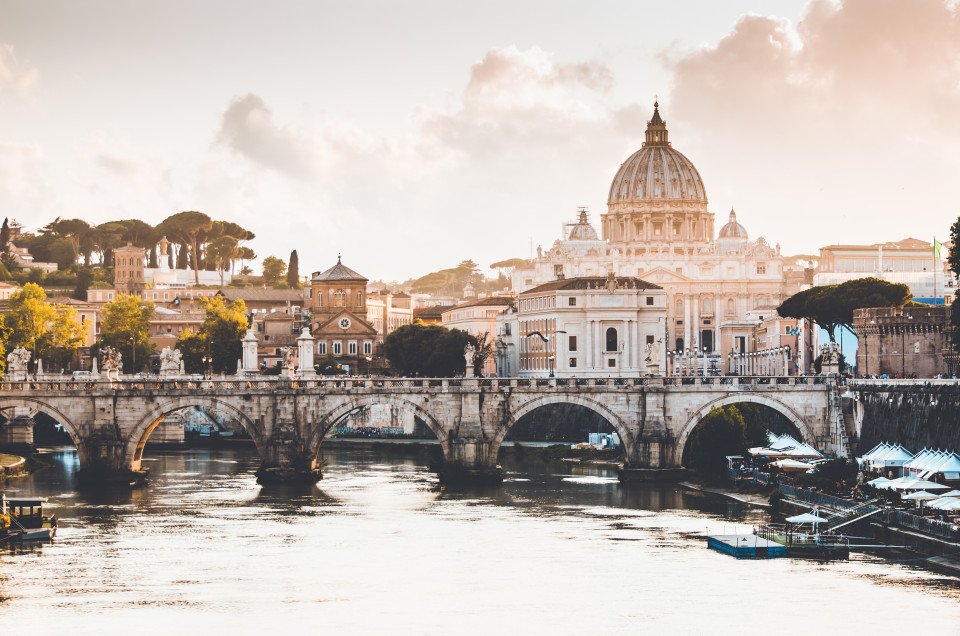
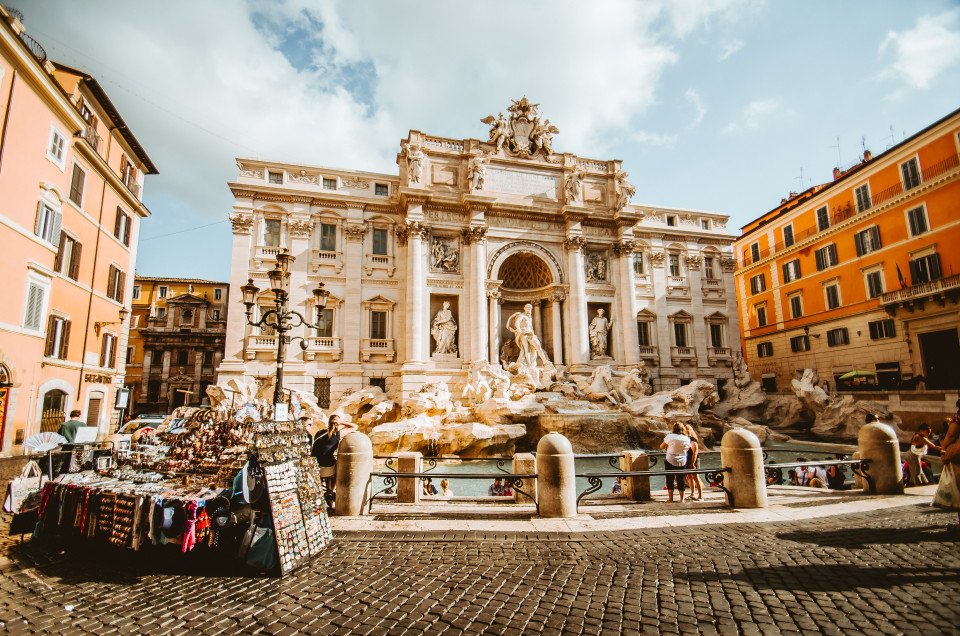
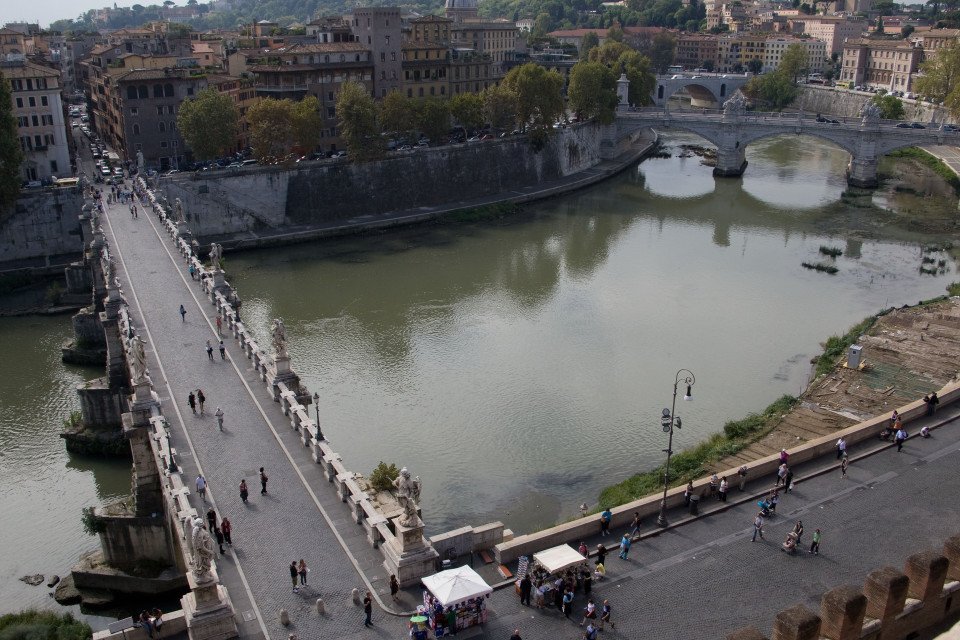
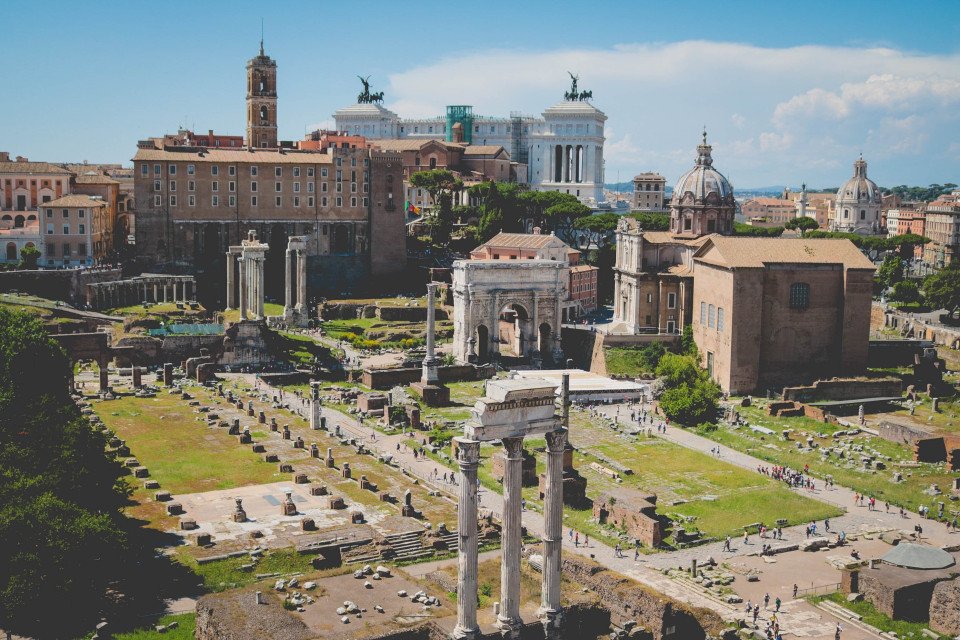
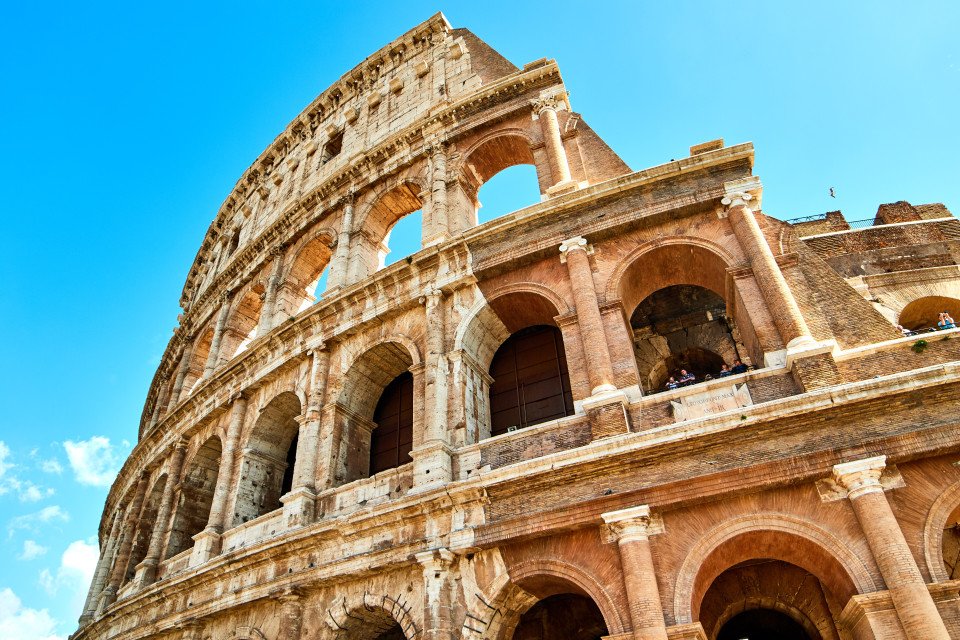
Civitavecchia
Italy's vibrant capital lives in the present, but no other city on earth evokes its past so powerfully. For over 2,500 years, emperors, popes, artists, and common citizens have left their mark here. Archaeological remains from ancient Rome, art-stuffed churches, and the treasures of Vatica... Read More
Civitavecchia
Naples
At Sea
Khania
Kusadasi
Athens
At Sea
Palermo
At Sea
Palma de Mallorca
Barcelona
At Sea
Málaga
Gibraltar
Cádiz
At Sea
Vigo
At Sea
Southampton
What's Included with
Princess Cruises
Delve into cuisines from across the globe with various dining options when you hop on-board a Princess Cruises ship. Enjoy exclusive cocktail receptions, deck parties, themed nights and entertainment throughout the day and into the evening. When you choose Princess Cruises for your next adventure you can enjoy peace of mind that you have everything you need when gliding the waves. Discover everything that a Princess Cruises sailing has to offer when you opt for an all-inclusive cruise holiday.
Accommodation
Entertainment throughout the day and evening
Use of swimming pools, hot tubs, fitness centre and leisure facilities where available
Return flights included from a choice of UK airports (fly cruise bookings only)
Room service from 6am to 11pm
Port taxes
Youth programmes for babies to 17-year-olds
Adult only areas
Exclusive cocktail receptions and deck parties on-board
Sailaway parties, themed nights and deck parties
Lemonade, water and iced tea available in selected venues
Shuttle service to and from ports and airport where available
Explore Majestic Princess




World Fresh Marketplace
Whenever you visit, you’ll find plenty of well-balanced options to choose from. Stop by for breakfast and visit our gourmet pancake station, or enjoy one of our unique hot cereal offerings. At lunch, look for handcrafted sandwiches, regionally inspired dishes and soups, as well as our carvery selections. For dinner, there’s everything from international favourites, comfort foods, customised stir-fry or pasta, plus a multitude of fresh fruit and salad choices.




Movies Under the Stars®
A Reel Treat Day or Night
Throughout the day and night, our exclusive open-air poolside amphitheatre is the go-to destination for feature films, thrilling concerts and exciting sporting events such as live football games. Cozy up under a fleece blanket in the comfortable lounger and feast on complimentary fresh-popped popcorn in the evening or delicious cookies and milk during the day, and enjoy that exciting car chase or mystery thriller on the giant screen.


Hollywood Pool Club
Inspired by the Glamour of Hollywood
This covered pool offers a Hollywood chic-style environment day and night, year-round, surrounded by comfortable loungers, modern sculptures and topiaries. By day, relax in the freshwater pool or soak in the steaming hot tubs — the glass dome keeps both the water and the environment comfortable despite outside weather.

Just for Kids 3 - 7 The Treehouse
Step Inside for Fun ‘n Games
There may be no other spot on the high seas where kids can create scrumptious cakes and cupcakes in our JrCHEF@Sea class*, create a mini solar system, discover the science behind magic, learn about endangered animals and dive into hands-on experiments (on some voyages, they’ll even dissect a real fish!). Kids can also play sports, try their skills at PlayStation®, Nintendo Wii™ and XBOX Kinect consoles, join dance classes and more!
*Nominal charge
Deck 19 - Sky

- The Greens Mini Golf
Deck 18 - Sports

- Princess Sports Central
- Bullseye Laser Shooting Range
- Movies Under The Stars
Deck 17 - Sun

- Bandstand
- Beach House Teen Lounge
- Camp Discovery Youth Centre
- Children’s Outdoor Area
- Driving Range
- Fitness Centre
- Hollywood Conservatory
- Hollywood Pool Club
- Hot Tubs
- Outdoor Exercise Circuit
- Platinum Studio
- Table Tennis
- Teen Lounge
- Youth Centre
Deck 16 - Lido

- Fountain Pool
- Fountain Pool Bar
- Lido Pool & Hot Tubs
- Lobster Grill
- Noodle Bar
- SeaWalk
- SeaView Bar
- Swirls
- The Bakery
- Wake View Bar
- World Fresh Marketplace
- Interior Staterooms
- Balcony Staterooms
- Mini-Suites
Deck 15 - Marina

- Interior Staterooms
- Balcony Staterooms (x1 Wheelchair Accessible Room)
- Mini-Suites
- Suites
Deck 14 - Riviera

- Meeting Suite
- VIP Lounge
- Interior Staterooms
- Balcony Staterooms
- Mini-Suites
- Suites (x1 Wheelchair Accessible Room)
Deck 12 - Aloha

- Interior Staterooms
- Balcony Staterooms (x6 Wheelchair Accessible Rooms)
- Mini-Suites (x2 Wheelchair Accessible Rooms)
- Suites
Deck 11 - Baja

- Interior Staterooms
- Balcony Staterooms (x6 Wheelchair Accessible Rooms)
- Mini-Suites (x2 Wheelchair Accessible Rooms)
- Suites
Deck 10 - Caribe

- Interior Staterooms
- Balcony Staterooms (x6 Wheelchair Accessible Rooms)
- Mini-Suites (x2 Wheelchair Accessible Rooms)
- Suites
Deck 9 - Dolphin

- Interior Staterooms (x6 Wheelchair Accessible Rooms)
- Balcony Staterooms (x4 Wheelchair Accessible Rooms)
- Suites
Deck 8 - Emerald

- Interior Staterooms (x2 Wheelchair Accessible Rooms)
- Balcony Staterooms
- Mini-Suites
- Suites
Deck 7 - Promenade

- Bistro Sur La Mer
- Crown Grill & Bar
- Leaves Tea Bar
- Library & Internet Café
- Ocean Terrace Juice Bar
- Princess Live!
- Princess Theatre- Upper Level
- The Shops of Princess
- Vista Gaming Lounge
Deck 6 - Fiesta

- Alfredo's Pizzeria
- Allegro Dining Room
- Bellini's
- Chef's Table Lumière
- Concerto Dining Room
- Fine Art Gallery
- Grand Casino
- Photo-Video Gallery
- Princess Theatre- Lower Level
- Private Gaming Room
- VIP Gaming
Deck 5 - Plaza

- Beauty Salon
- Harmony Chinese Restaurant
- International Café
- Lotus Spa
- Passenger Services Desk
- Shore Excursions Desk
- Sing on The Sea Karaoke Suites
- Symphony Dining Room
- The Enclave
- The Piazza
- The Shops of Princess
- Travel Agent Services Desk
- Vines
Deck 4 - Gala

- Medical Centre
- Tender Embarkation
Majestic Princess Cabins & Suites

Interior Staterooms


Deluxe Balcony Staterooms





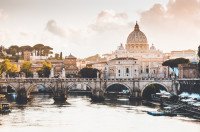
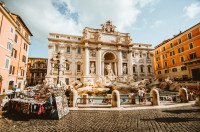
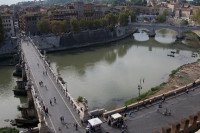

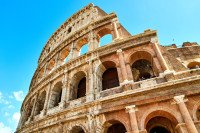
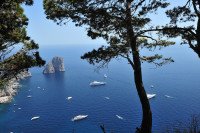
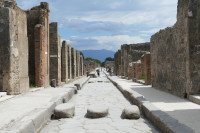
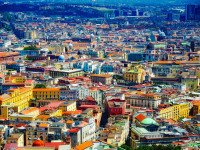
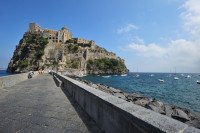

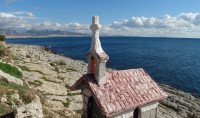
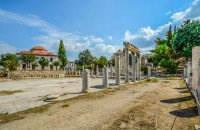
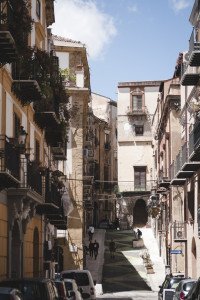
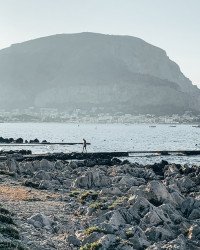
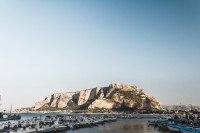
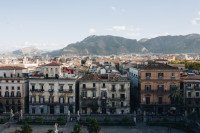
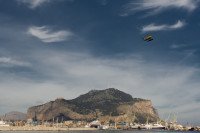


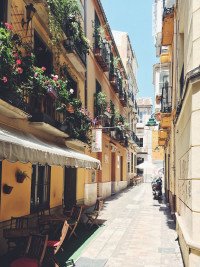


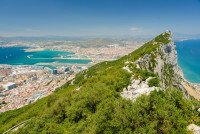
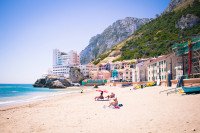



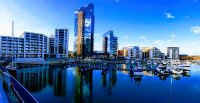
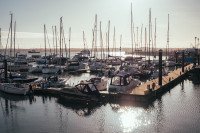
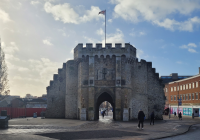

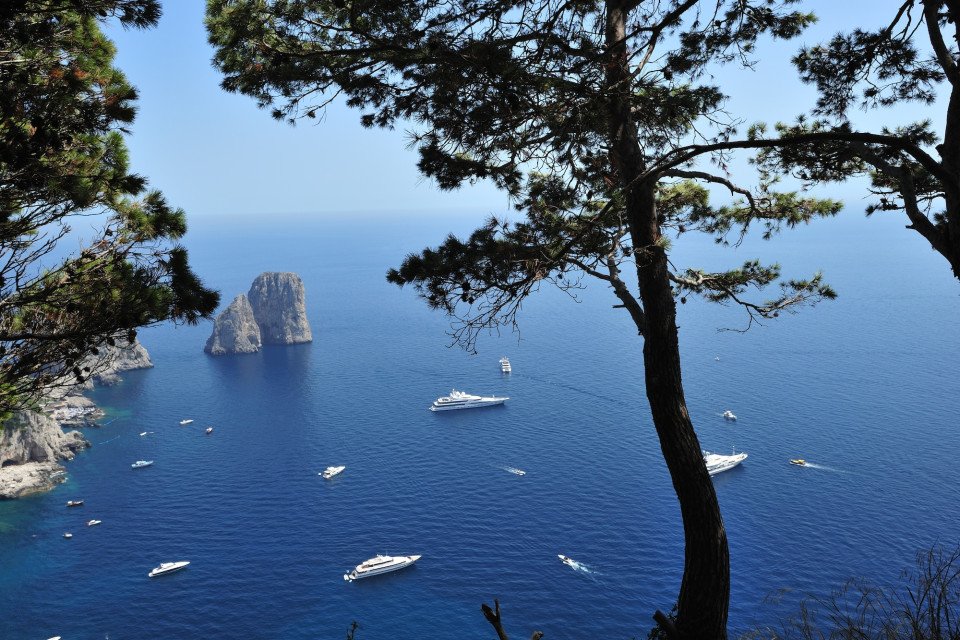
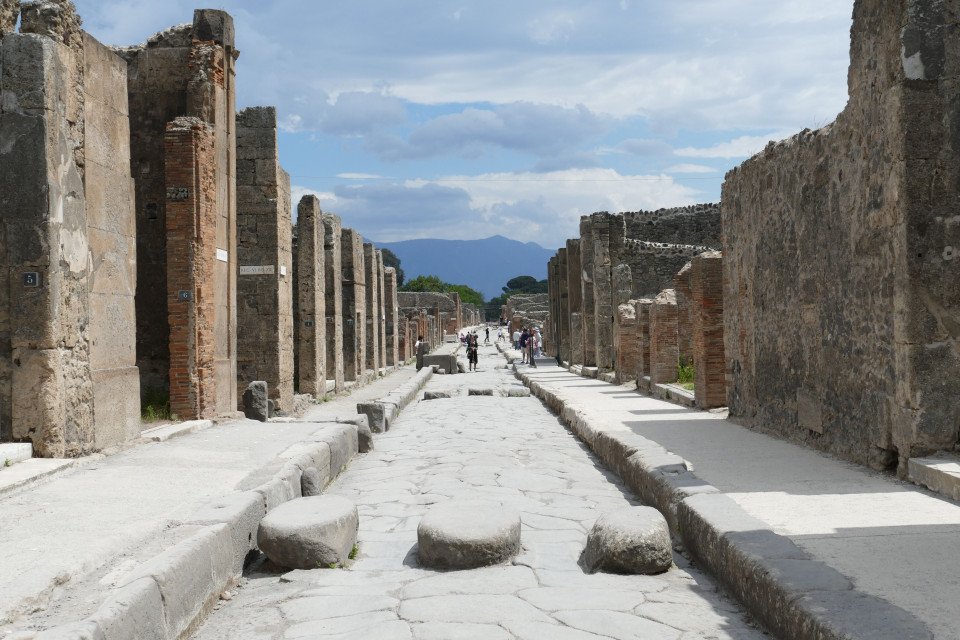
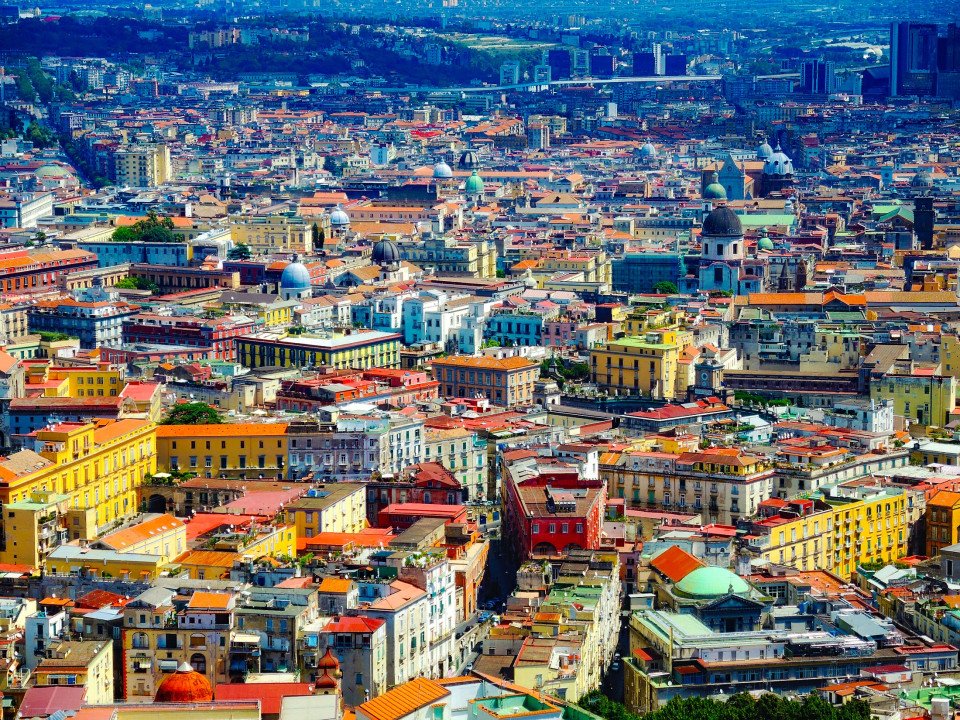
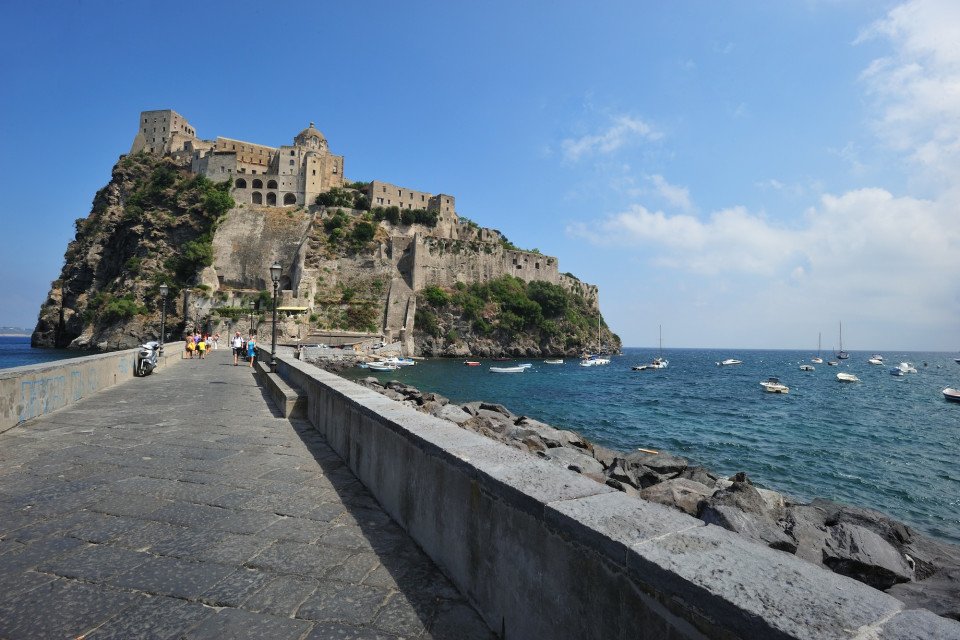


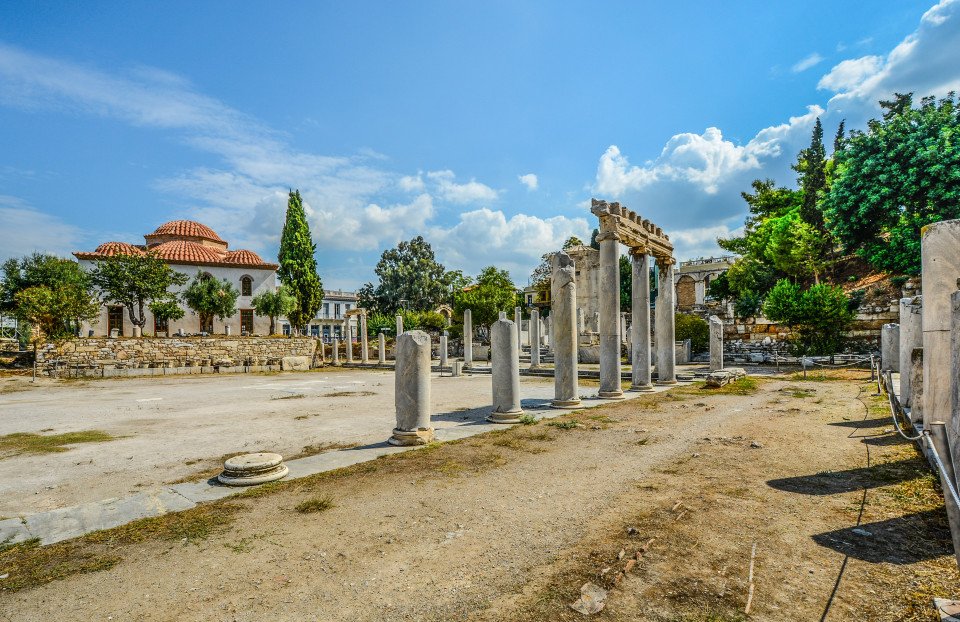
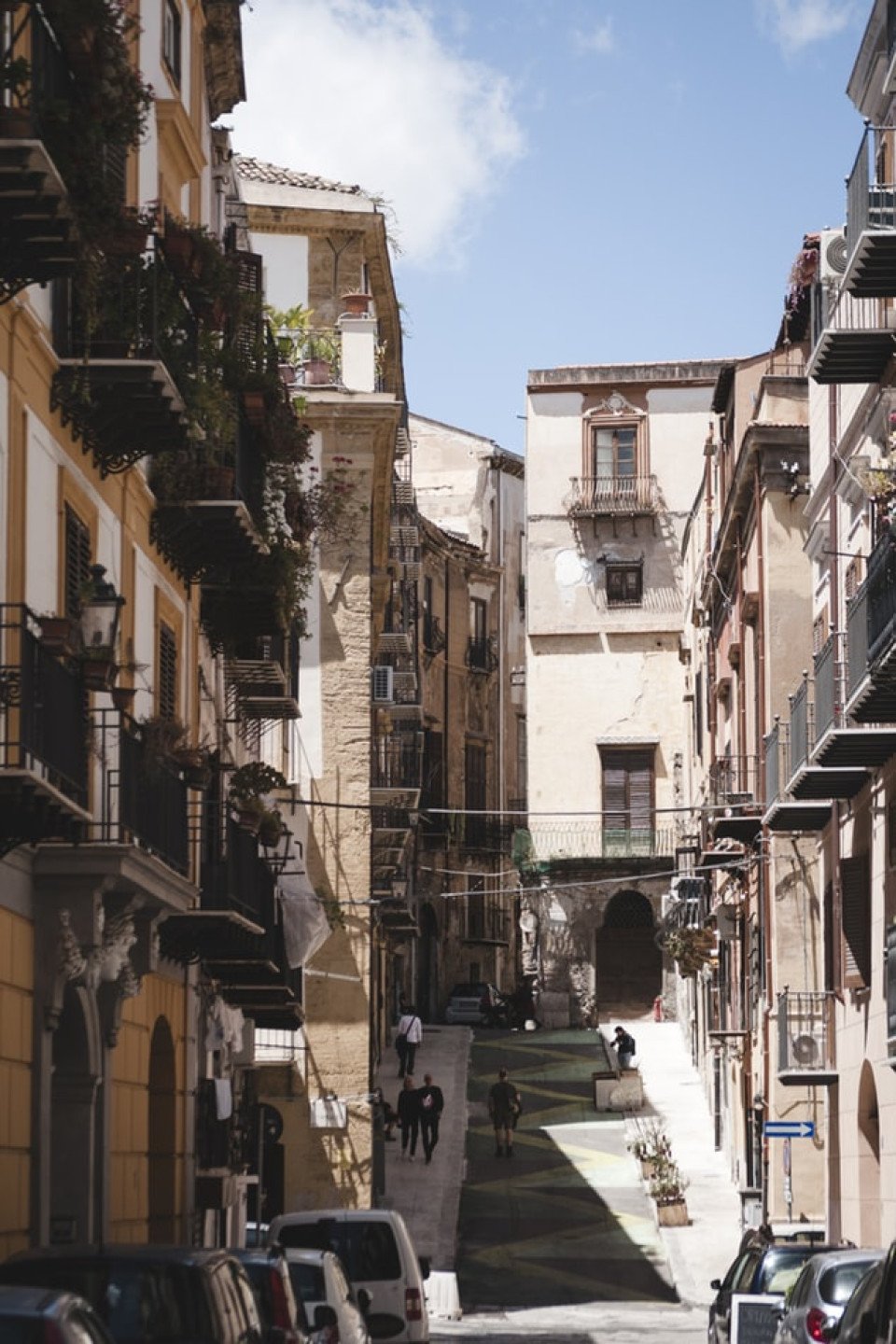

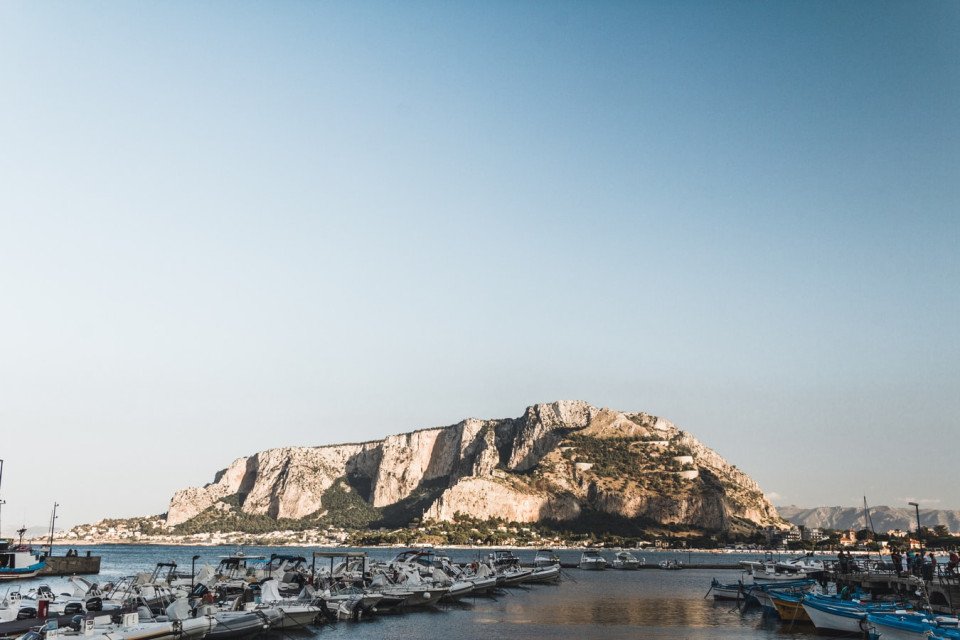
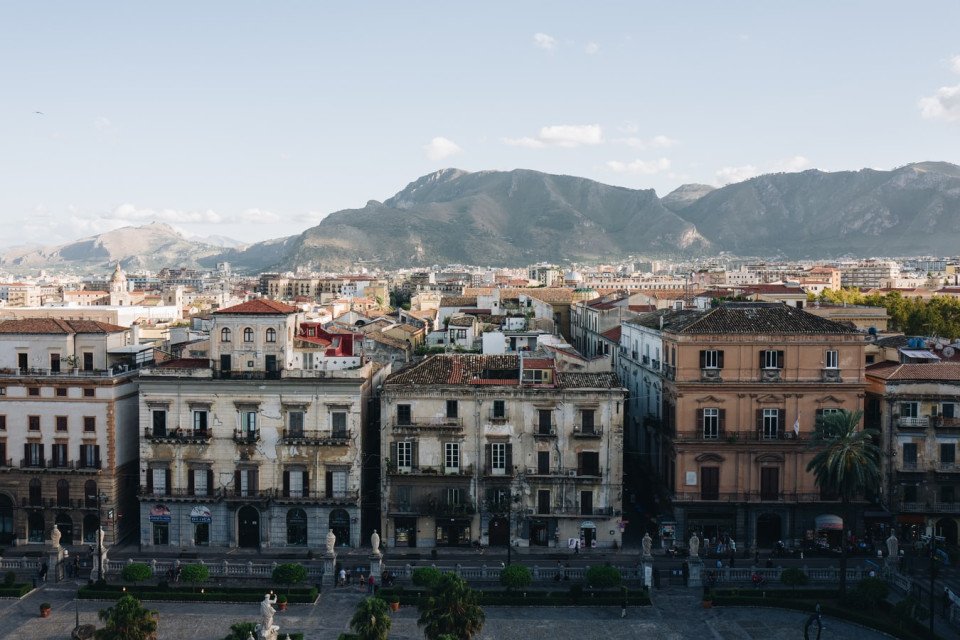
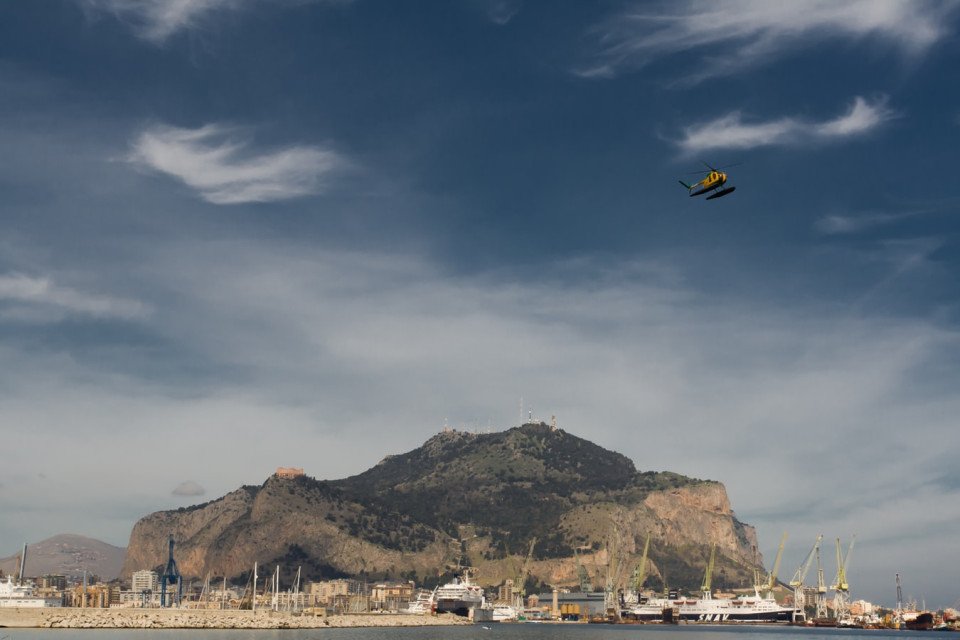


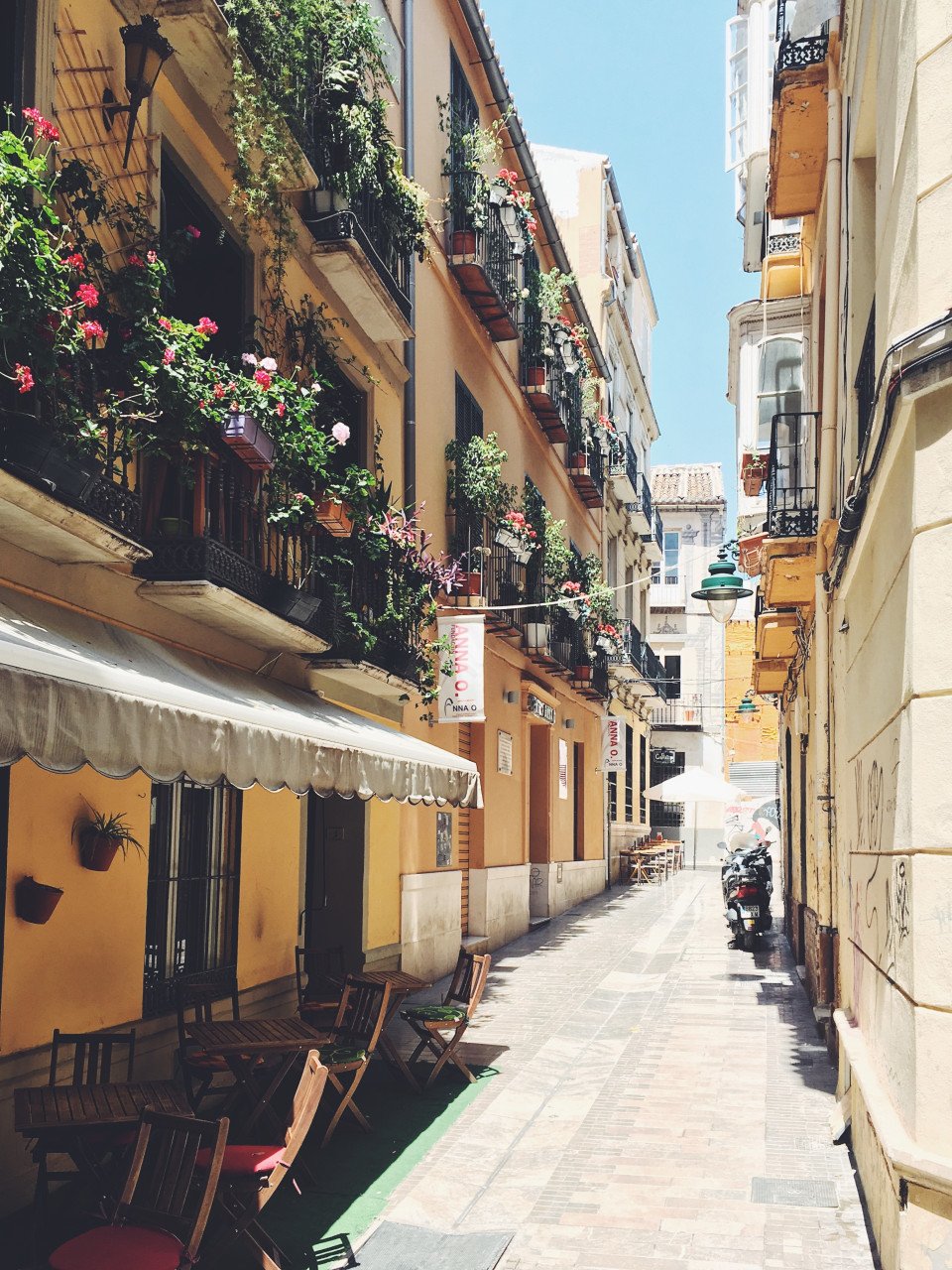
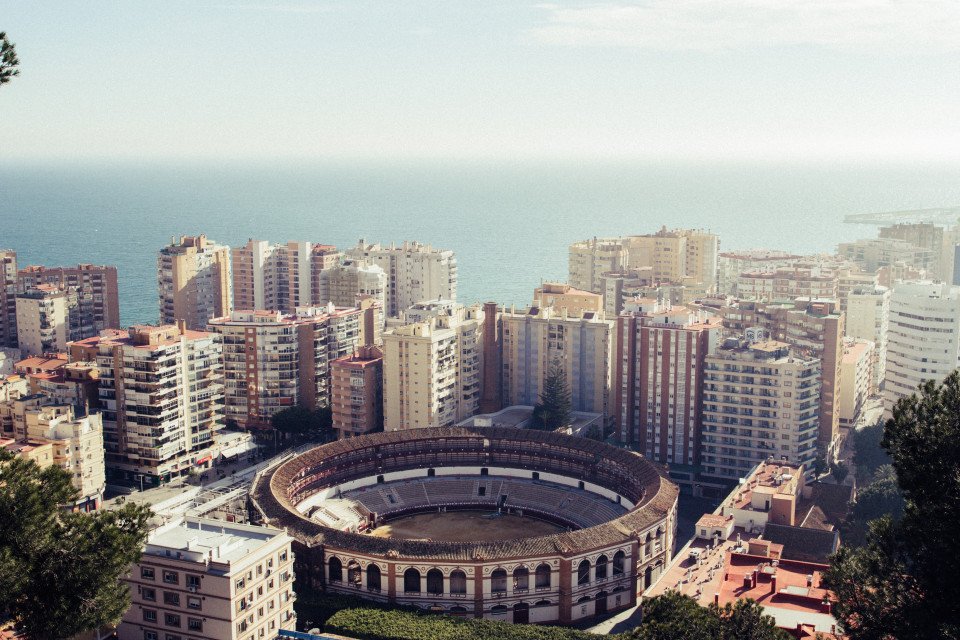
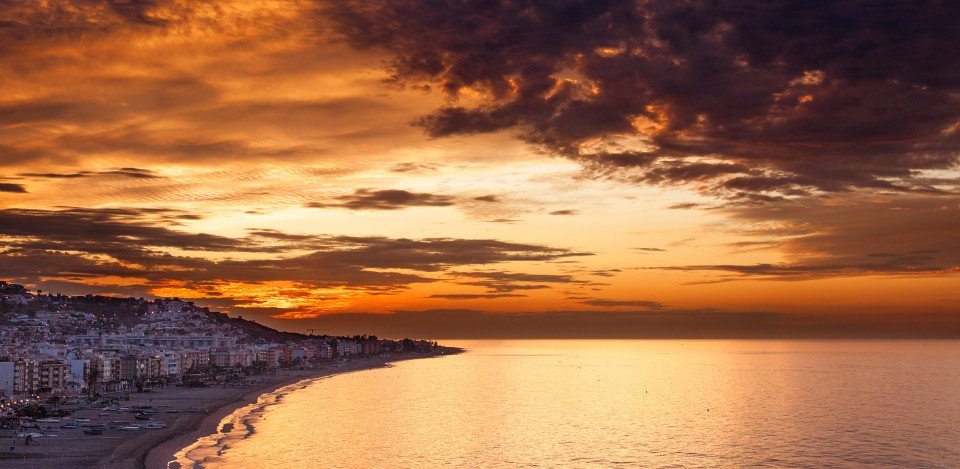
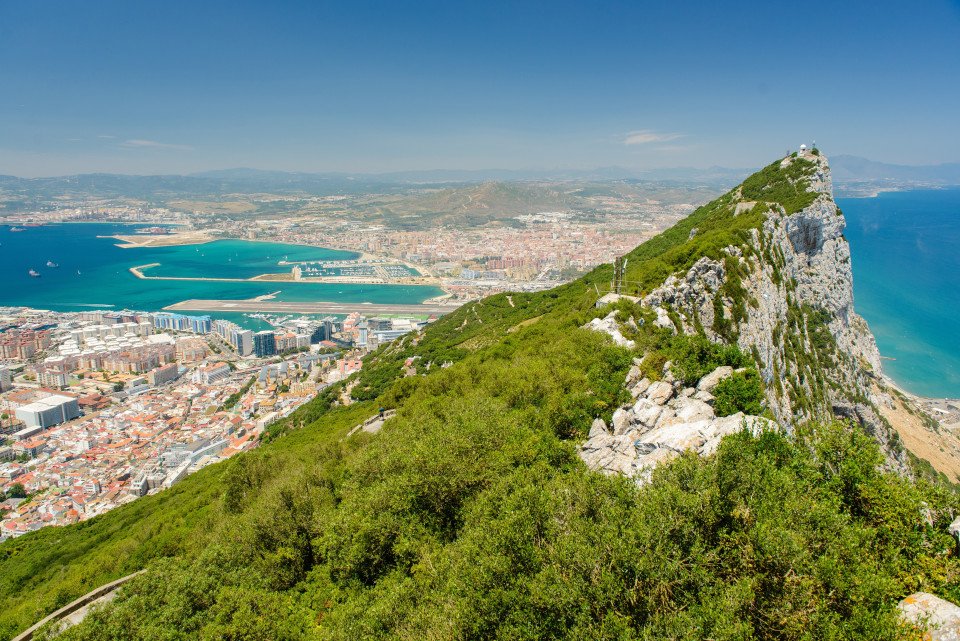
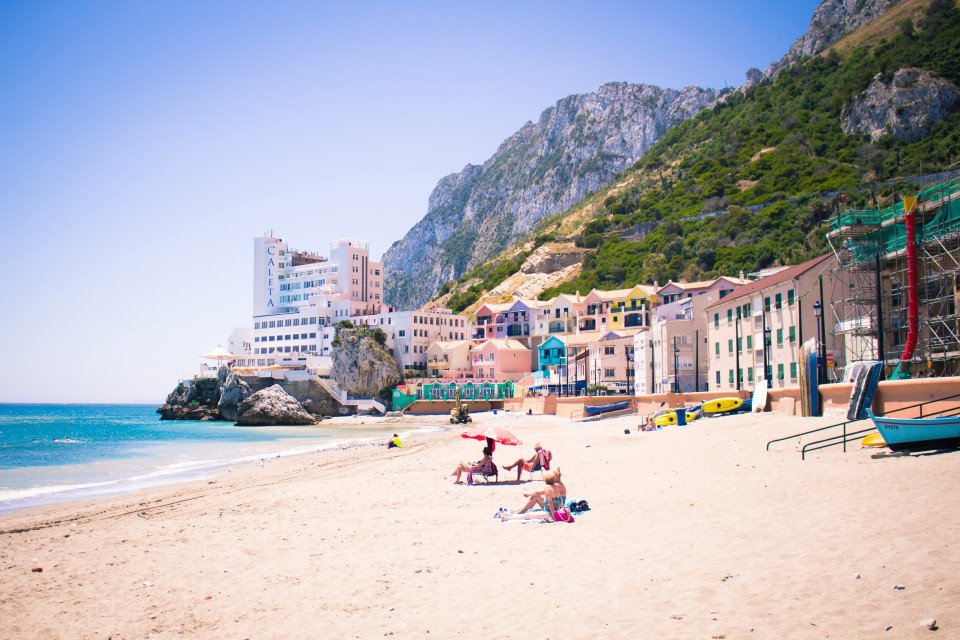



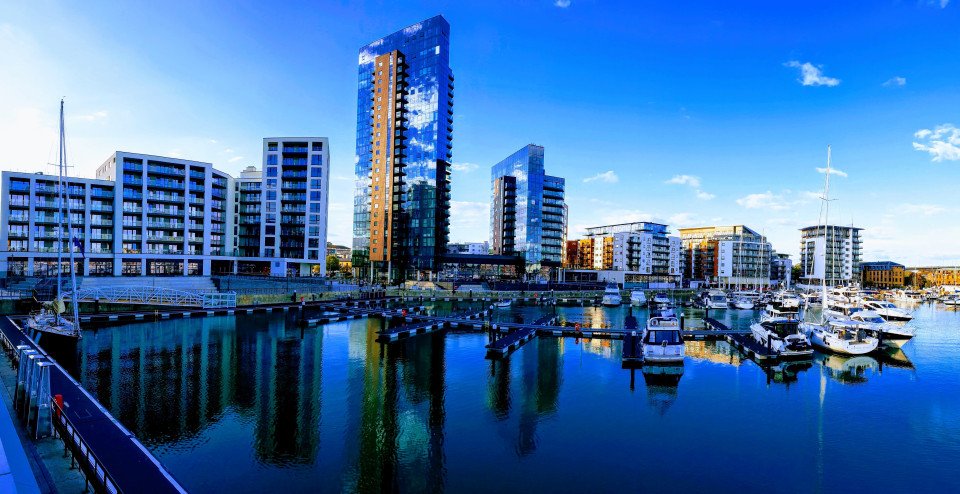
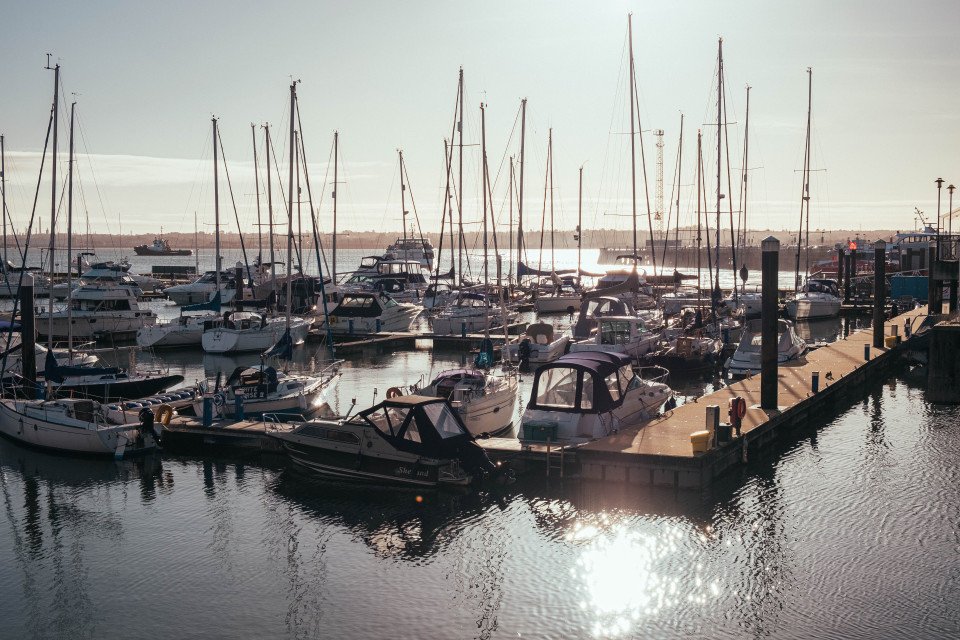
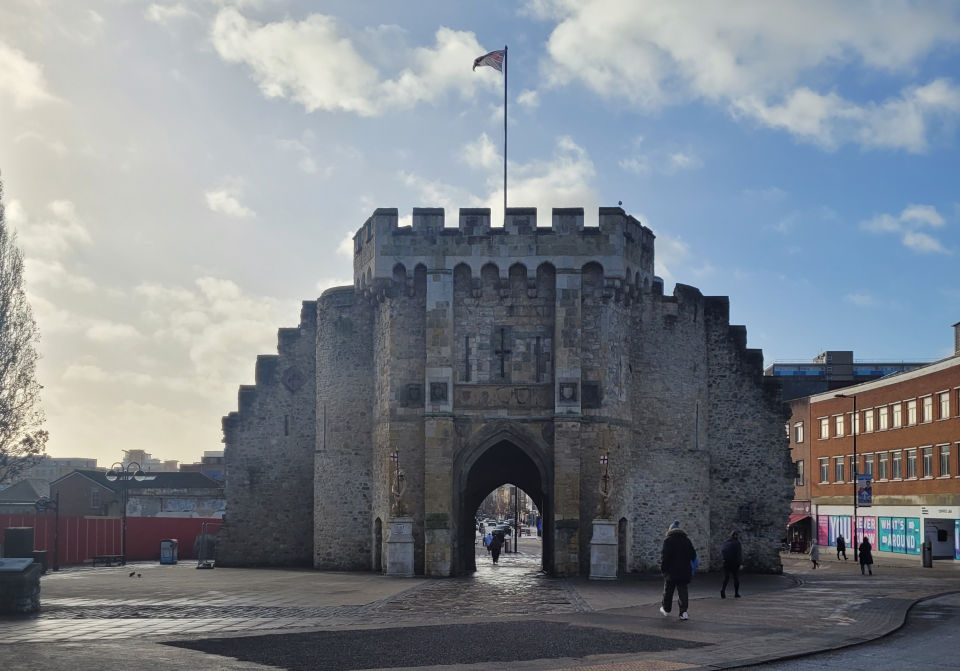
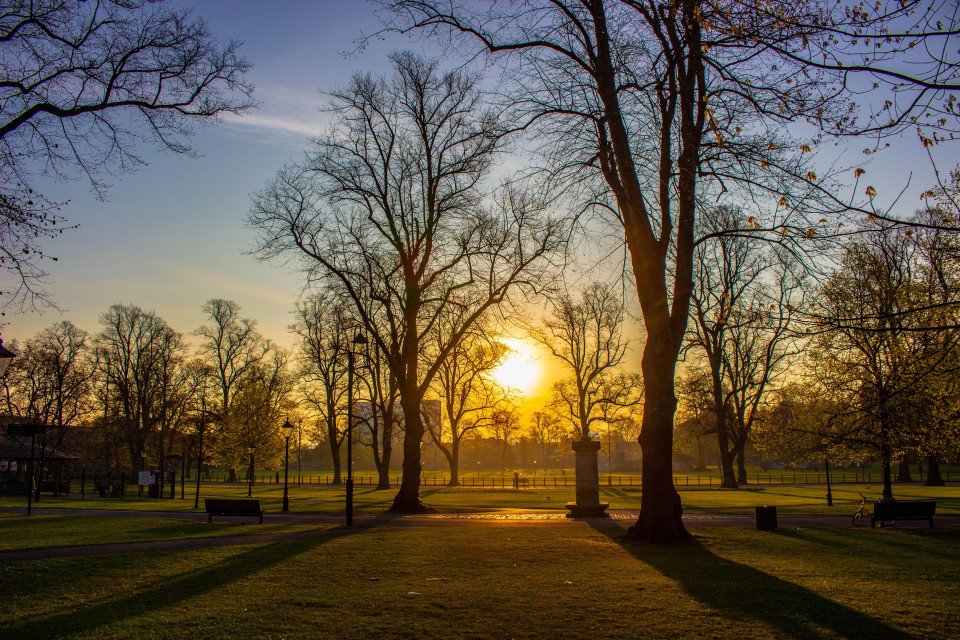







-large_thumb.jpg)









